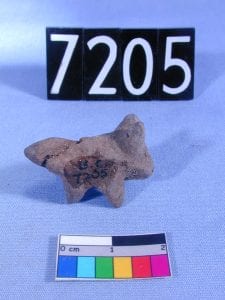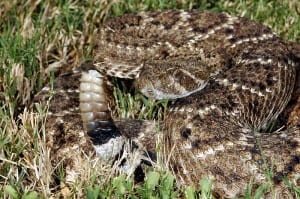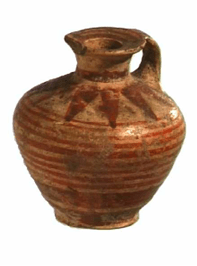Object of the Week: A child’s toy pig
By Alice E Williams, on 3 August 2018
We have some exciting news about Specimen of the Week! We’re expanding the scope of SOTW to include more UCL Museums and collections. Here’s the first blog from the Petrie Museum of Egyptian Archaeology, and keep your eyes peeled for blogs about specimens and objects from UCL Art Museum, UCL Pathology Museum and more as well as your favourites from the Grant Museum.
In a display case in the Petrie Museum of Egyptian Archaeology stands a little mud figure of a pig. At least it is thought to be a pig. It is so small, no bigger than a thumb nail, that you would be excused for not noticing it among the dense displays of archaeological objects. This figurine was originally thought to be a toy made by a child, but is that really true? (more…)
 Close
Close





